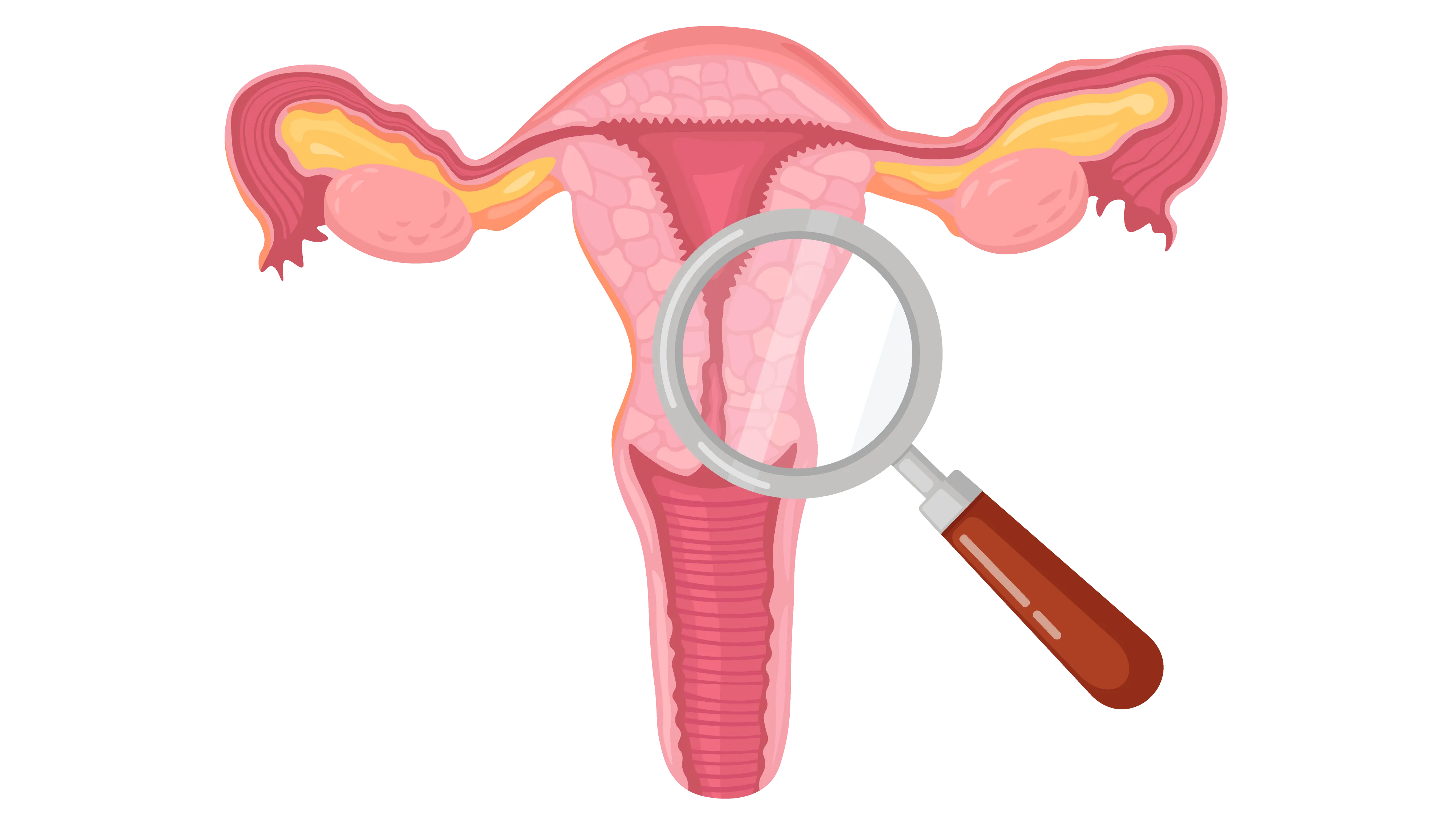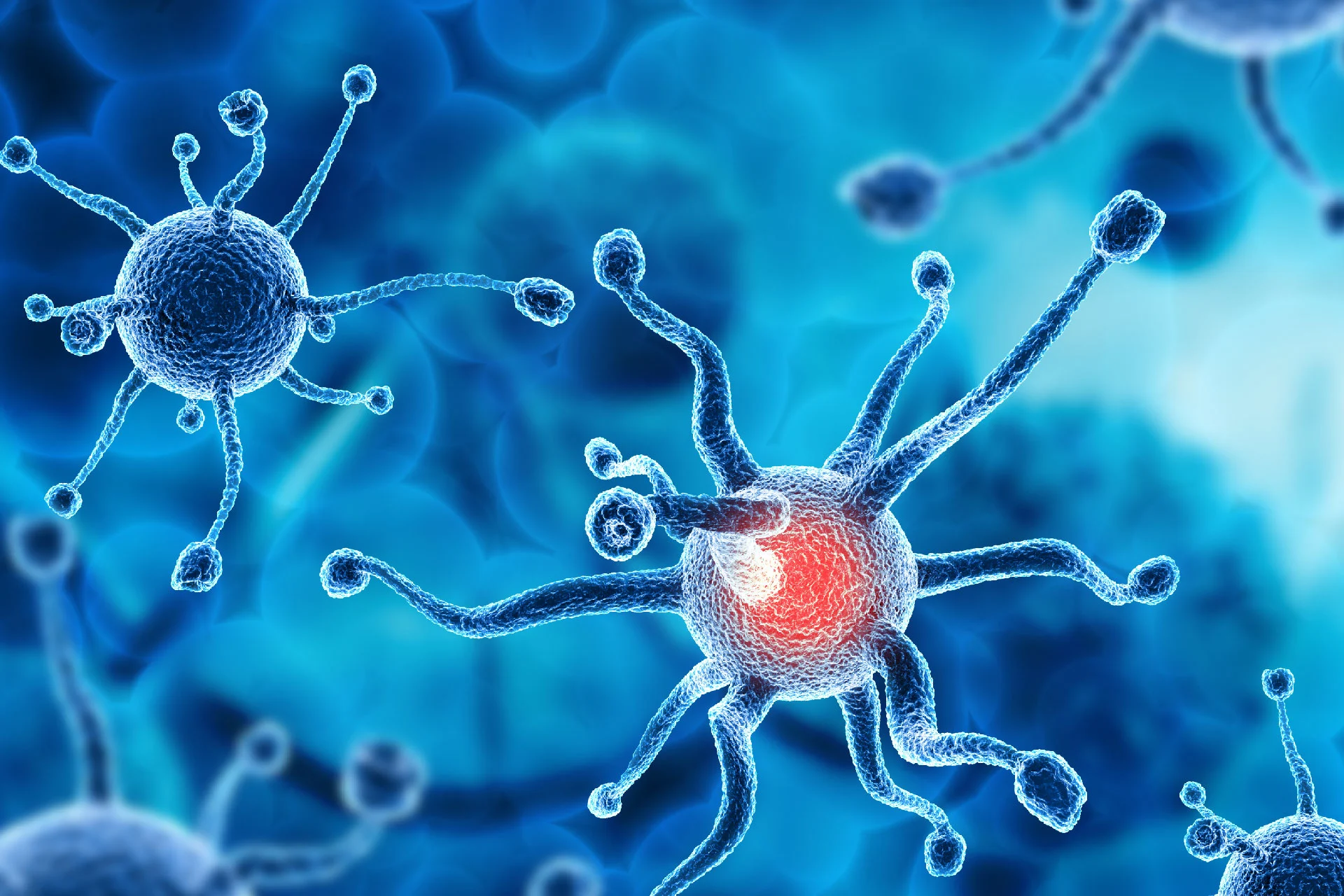Cancer | 5 min read
Uterine Cancer: What Are the 2 Types and How are They Diagnosed and Treated?
Medically reviewed by
Table of Content
Key Takeaways
- Uterine cancer is the 6th most common cancer that occurs in women
- Know the types of uterine cancer and maintain a healthy diet
- If you have uterine cancer symptoms, consult a doctor immediately
Uterine cancer is the 6th most common cancer that occurs in women. In 2018, there were more than 380,000 cases of uterine cancer [1] out of the estimated 18 million cases of cancer worldwide [2]. The rising number of cases makes it important to be aware about uterine cancer symptoms to have a better chance of a good prognosis.
Uterine cancer begins at the lining of the uterus when healthy cells change and start growing to form a tumor. This tumor can either be benign or malignant. A malignant tumor can grow and spread to other parts of the body. A benign tumour grows but does not spread. It has different types and stages.
The Types of Uterine Cancer and Its Symptoms:
Type 1: Adenocarcinoma
It is the most common type of uterine cancer, commonly called endometrial cancer. It starts at the layer of the cells that form the lining of the uterus, which is called the endometrium.
When to suspect Adenocarcinoma?
Some signs and symptoms of this cancer are
Vaginal bleeding after menopause
Pelvic pain
Bleeding between periods

How to diagnose Adenocarcinoma?
Various methods can help in diagnosing endometrial cancer such as:
Pelvic examination
During this, doctors inspect the outer part of your genitals. They may also insert a speculum into your vagina. This help detects abnormalities.
Using sound waves
Here doctors insert a transducer in the vagina. The device uses sound waves to create a video image of your uterus. This helps specialists to detect abnormalities in the lining of your uterus.
Hysteroscopy
During this test, doctors insert a thin, flexible lighted tube into the uterus, through your vagina and cervix. The lens at the tube allows them to examine your uterus and endometrium.
Biopsy
During this, doctors remove tissue from your uterus lining for lab analysis.
Surgery
If the tissues obtained during the biopsy are insufficient or if the results are not clear, you may need to undergo surgery. It is called dilation and curettage or D&C. During this, doctors scrape tissues from the uterus lining and examine them under a microscope.
Additional read: Your comprehensive guide to breast cancer causes, signs, and treatment

What are the different stages of Adenocarcinoma?
The different stages of endometrial cancer are as follows:
Stage 1 – It is seen only in the uterus and does not spread to other organs
Stage 2 – It spreads only to the cervical stroma
Stage 3 – It spreads beyond the uterus but is still present in the pelvic area
Stage 4 – It spreads to other organs of the body such as the rectum or bladder
Grading and treatment of Adenocarcinoma
The grading of endometrial cancer is done based on the resemblance between healthy and cancerous cells when observed under a microscope.
Grade 1 is where tumours have 95% or more of the tissues forming glands
Grade 2 is where 50-94% of the cancer tissues are forming glands
Grade 3 is when less than 50% of the tissues are forming glands
Grade 1 and 2 fall under type 1 endometrial cancer. They are also known as type 1 endometrial carcinoma. They are usually not very aggressive and do not spread to other tissues quickly. Type 2 endometrial cancer includes grade 3. Treatment for this cancer is the removal of fallopian tubes and uterus. Other options include radiation therapy, chemotherapy, hormone therapy and immunotherapy.
Also Read: Common Chemotherapy Side Effects
Type 2: Sarcoma
Uterine sarcoma is a rare type of cancer that forms in the tissues or muscles of the uterus.
Origins of Sarcoma
The type of uterine sarcoma depends on the type of cell they originate in.
Uterine leiomyosarcoma (LMS) is the most common type. Its tumours grow and spread quickly. They start in the muscular wall of the uterus known as the myometrium.
Endometrial stromal sarcoma is rare and develops in the supporting connective tissue of the lining of the uterus. A high-grade ESS has a better prognosis than a low-grade ESS because of how quickly the tumours spread.
When to suspect Sarcoma?
Some symptoms of this cancer include:
Unusual bleeding apart from menstruation
A lump or growth in the vagina
Frequent urination
Abdominal pain
How to diagnose Sarcoma?
It is diagnosed with different methods like a pap test, a transvaginal ultrasound, endometrial biopsy and D&C.
What are the different stages of Sarcoma?
After diagnosis, the cancer is staged depending upon its spread. The stages are as follows:
Stage 1 – It is in the uterus only
Stage 2 – It has spread beyond the uterus but is contained in the pelvis
Stage 3 – It has spread beyond the pelvis and into abdominal tissue
Stage 4 – It had spread to other organs like the rectum or the bladder
Treatment of Sarcoma
The treatment for uterine sarcoma includes surgery, radiation, chemotherapy, and hormone therapy.
Additional read: What is Lung Cancer? All you need to know about its symptoms and treatment
Although uterine cancer cannot be prevented, there are options with which you can lower the risk. You may want to consider taking hormone therapy or birth control pills after discussing this with your doctor. Eating well and being healthy along with maintaining your weight are also some of the options that can reduce the risks.
Early detection of uterine cancer can improve your chances of successful treatment. Consulting a doctor when you see uterine cancer symptoms can help you get a timely diagnosis. With regular checkups, you can ensure that there is no relapse. You can do all of this with ease by booking a video consultation with top oncologists on Bajaj Finserv Health.
References
- https://www.wcrf.org/dietandcancer/endometrial-cancer-statistics/
- https://www.wcrf.org/dietandcancer/worldwide-cancer-data/
Disclaimer
Please note that this article is solely meant for informational purposes and Bajaj Finserv Health Limited (“BFHL”) does not shoulder any responsibility of the views/advice/information expressed/given by the writer/reviewer/originator. This article should not be considered as a substitute for any medical advice, diagnosis or treatment. Always consult with your trusted physician/qualified healthcare professional to evaluate your medical condition. The above article has been reviewed by a qualified doctor and BFHL is not responsible for any damages for any information or services provided by any third party.





